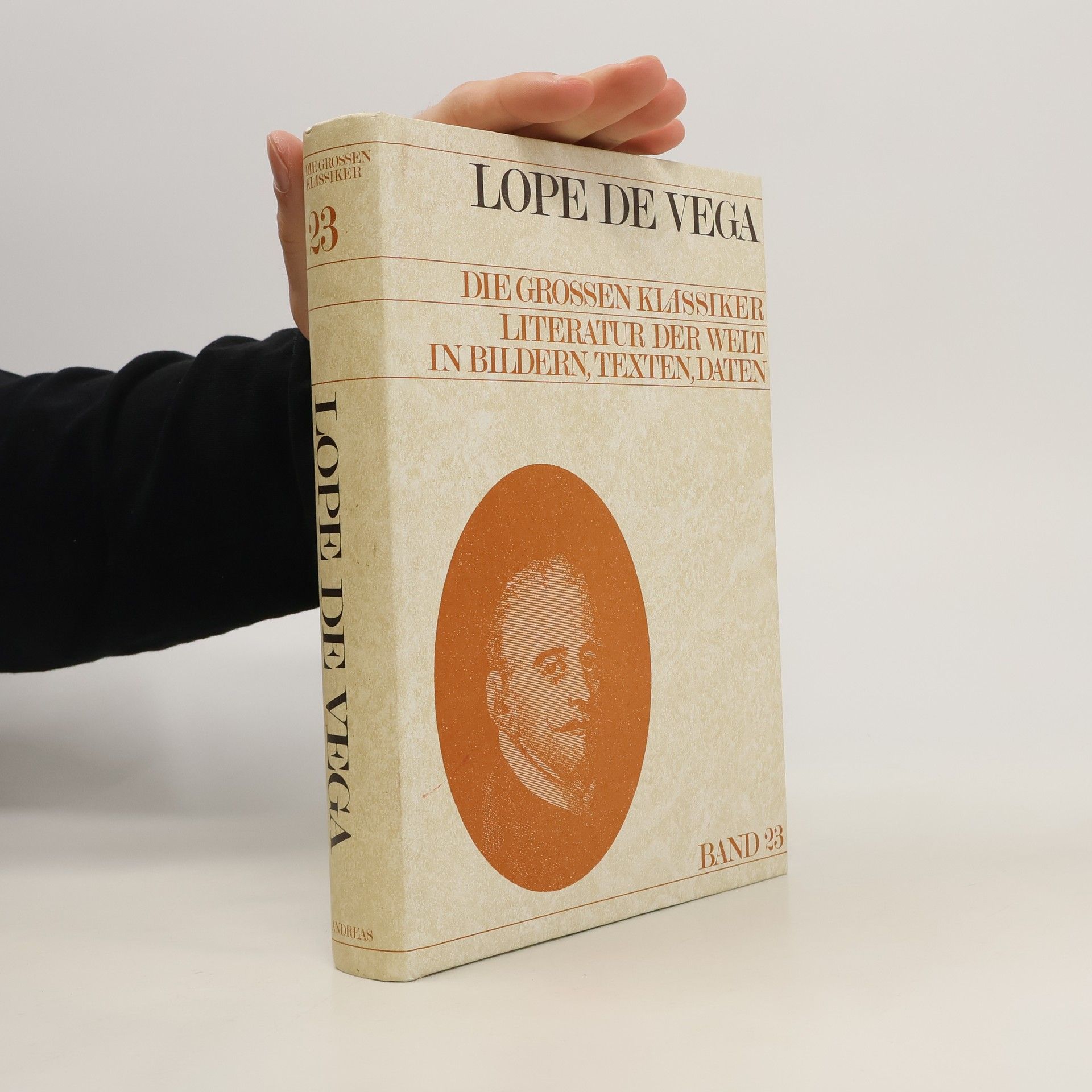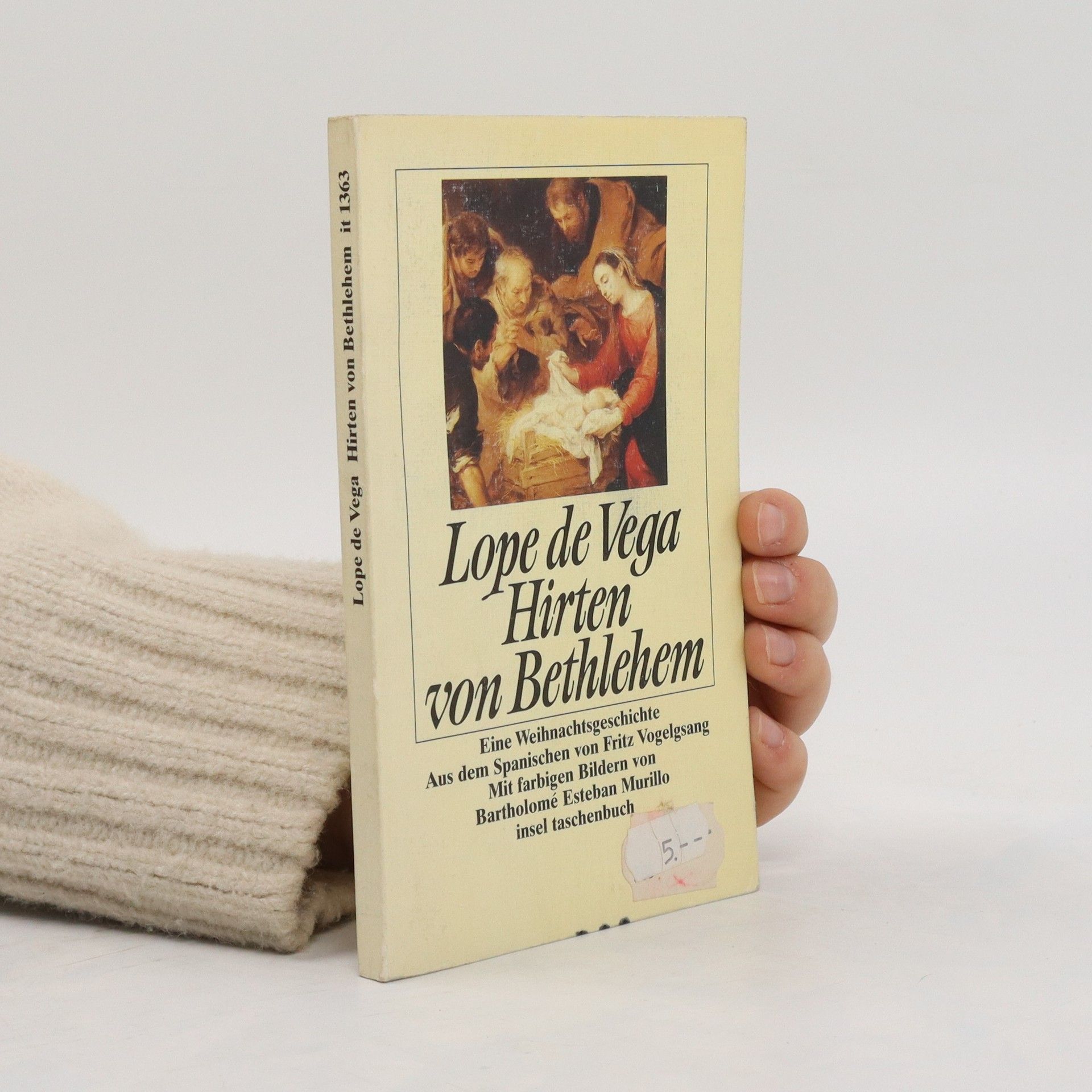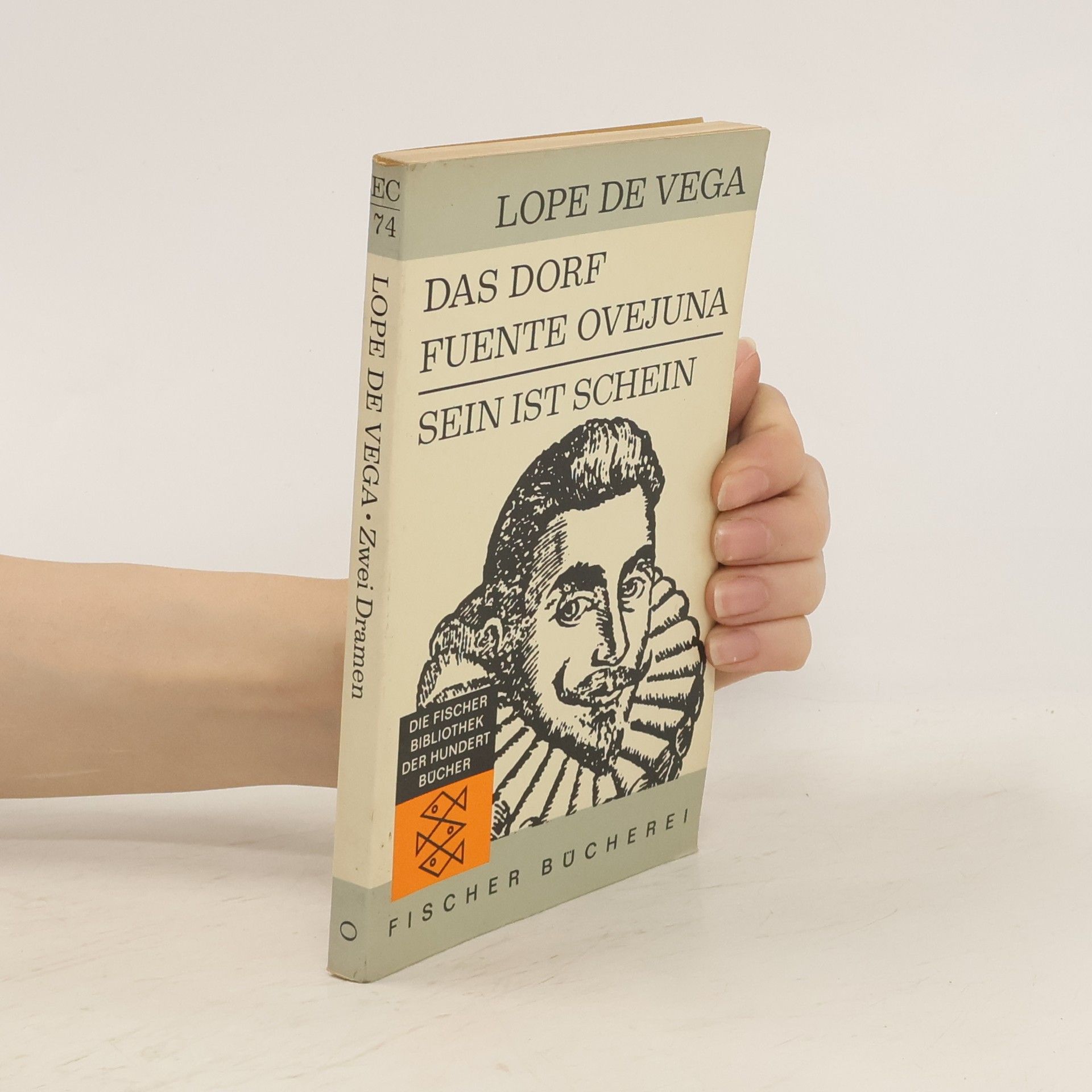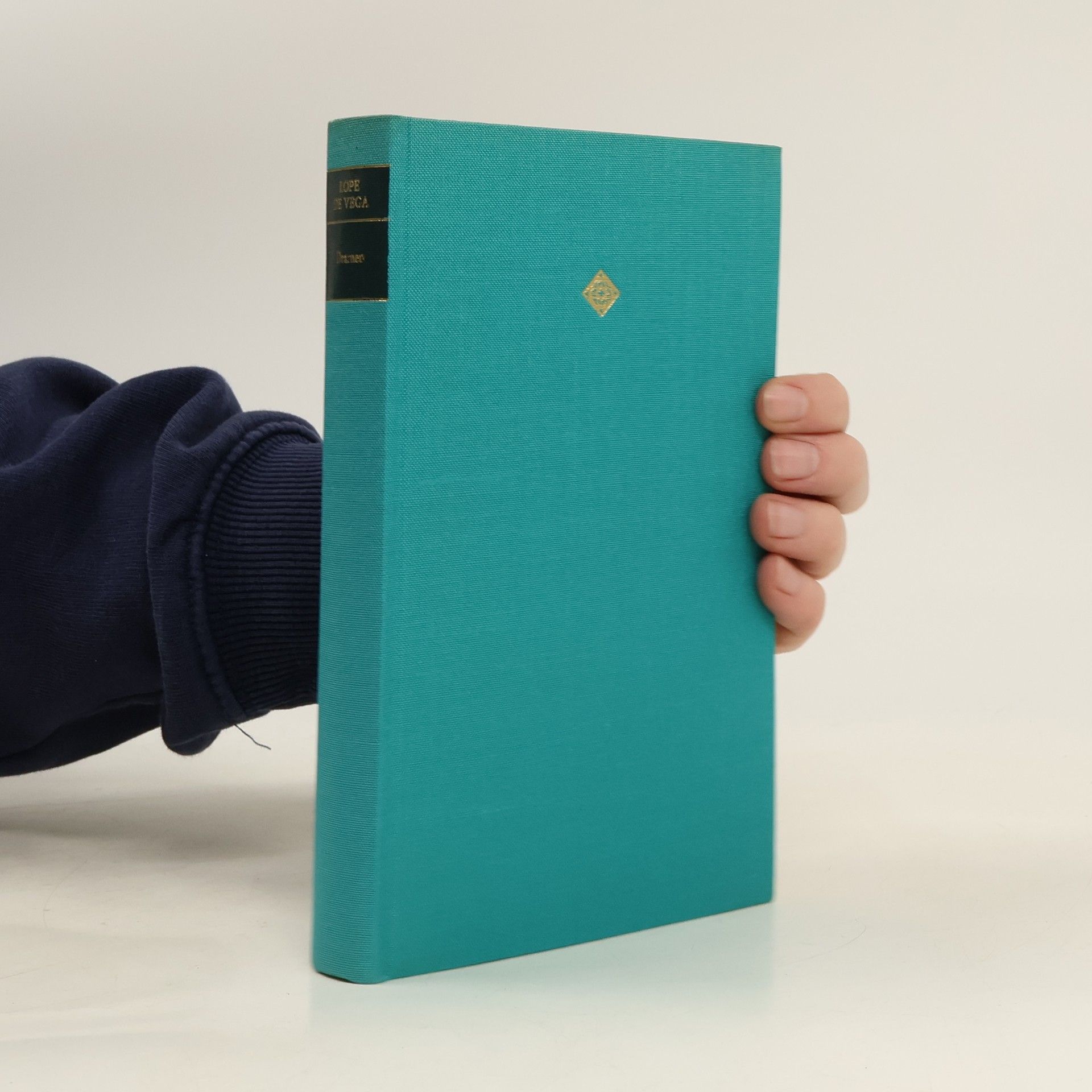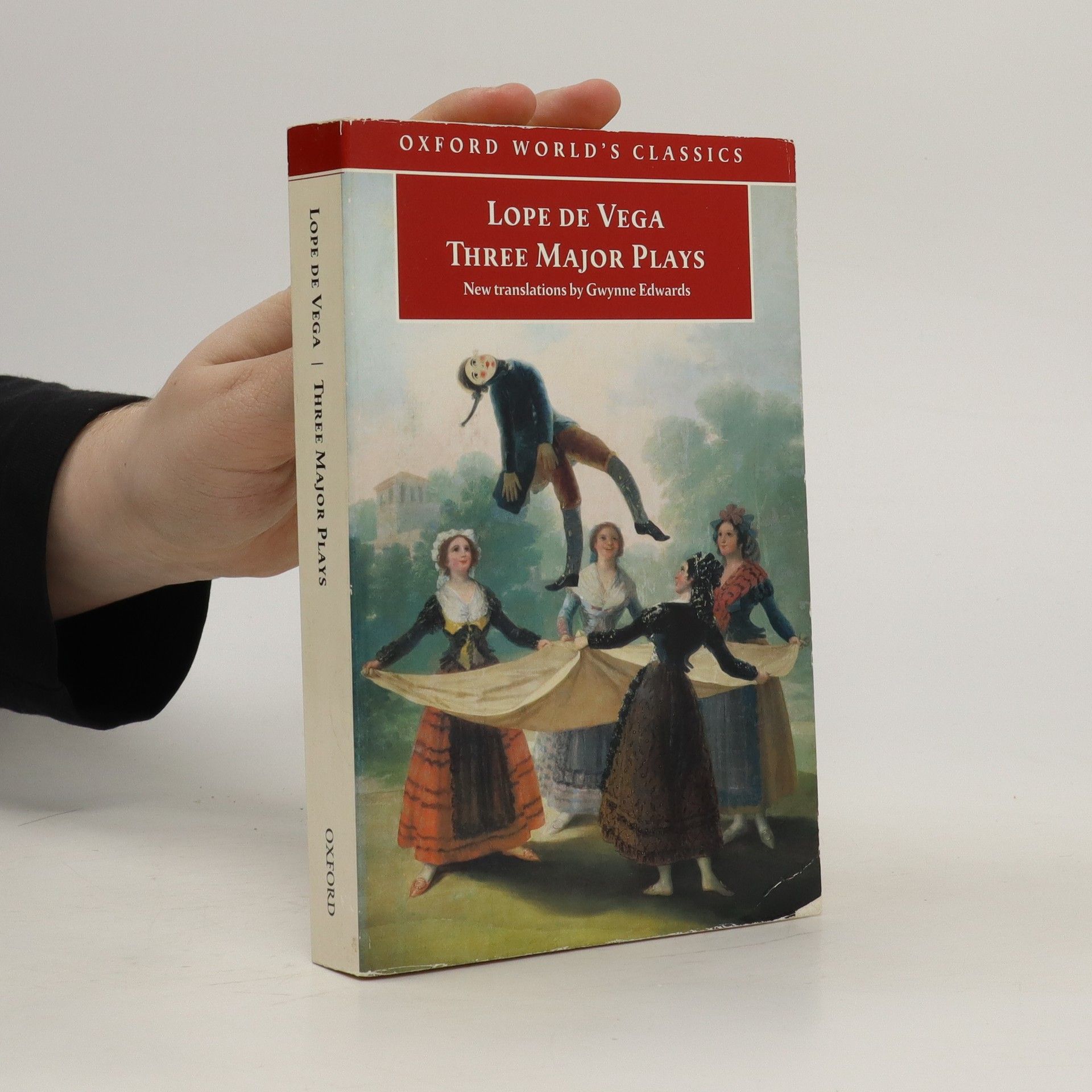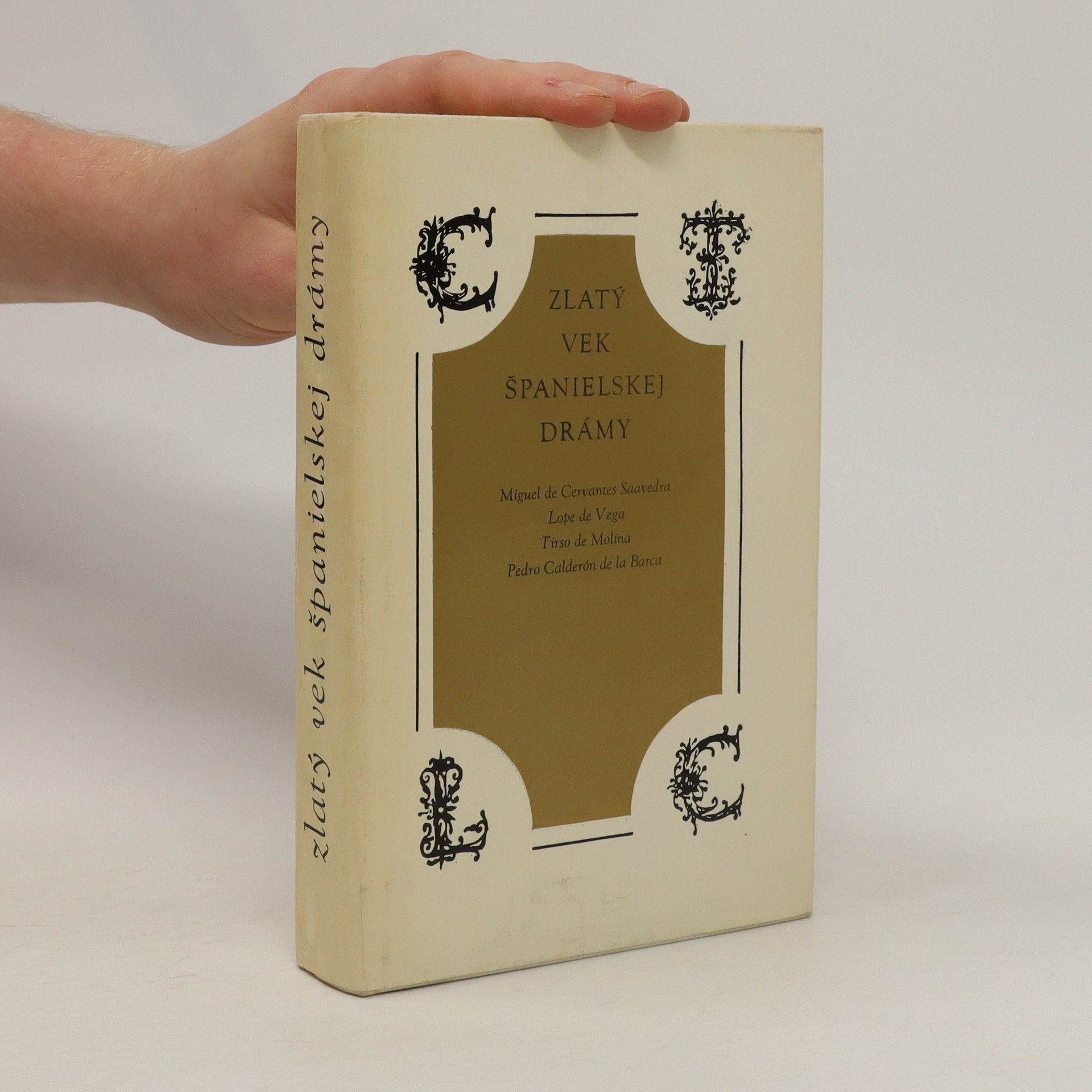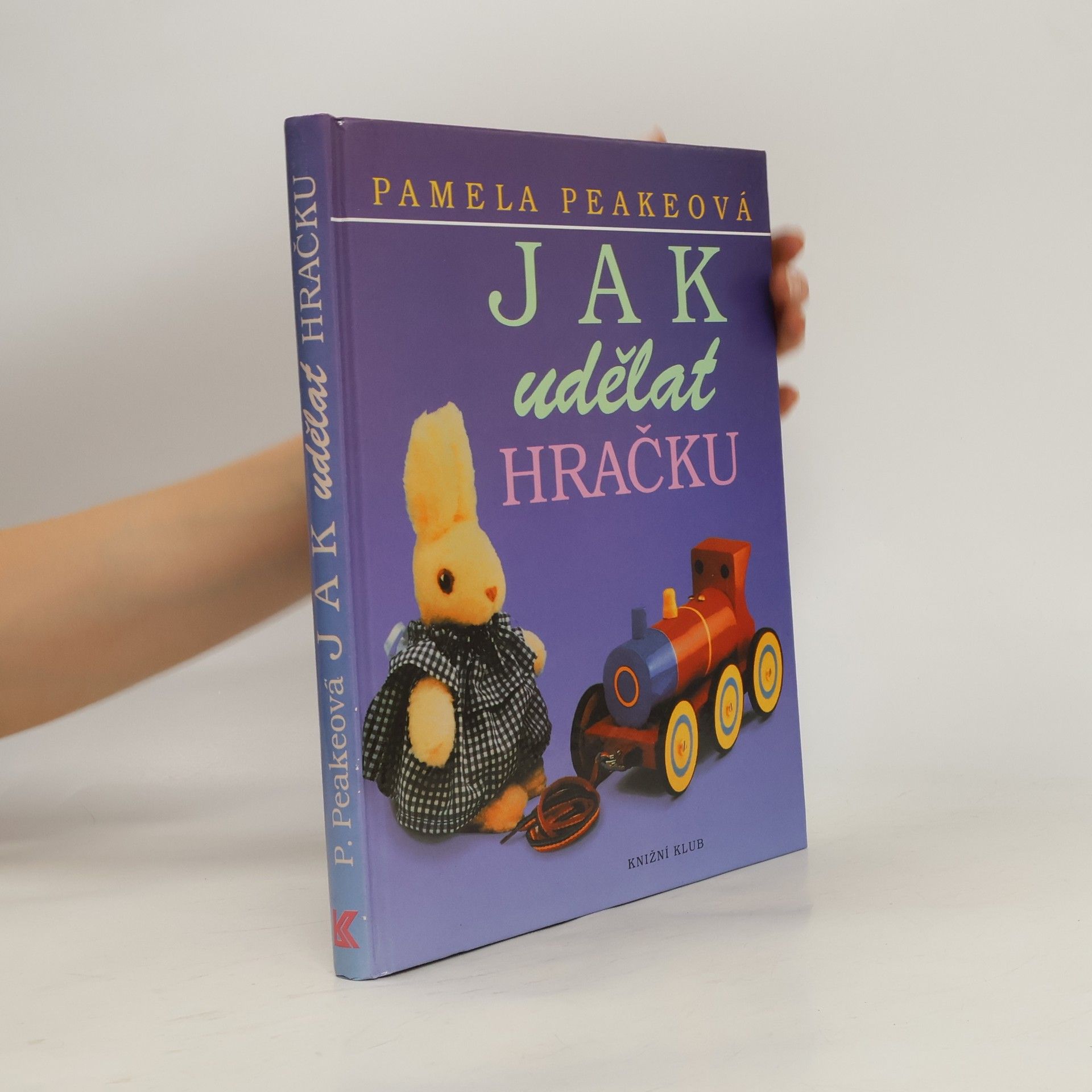Fuente Ovejuna
- 278 Seiten
- 10 Lesestunden
Das dramatische Geschehen: der Aufstand der Bewohner von Fuente Ovejuna, die ihren tyrannischen Feudalherren töten, sich kollektiv zu dieser Tat bekennen und schließlich die Verzeihung des Königs erlangen, gehen auf eine wahre Begebenheit zurück. Lope hat sie zu einem monumentalen Schauspiel verarbeitet, das wegen seiner revolutionären Züge heute zu einem meistgespielten und meistdiskutierten Stücken gehören. Sprachen: Deutsch, Spanisch
